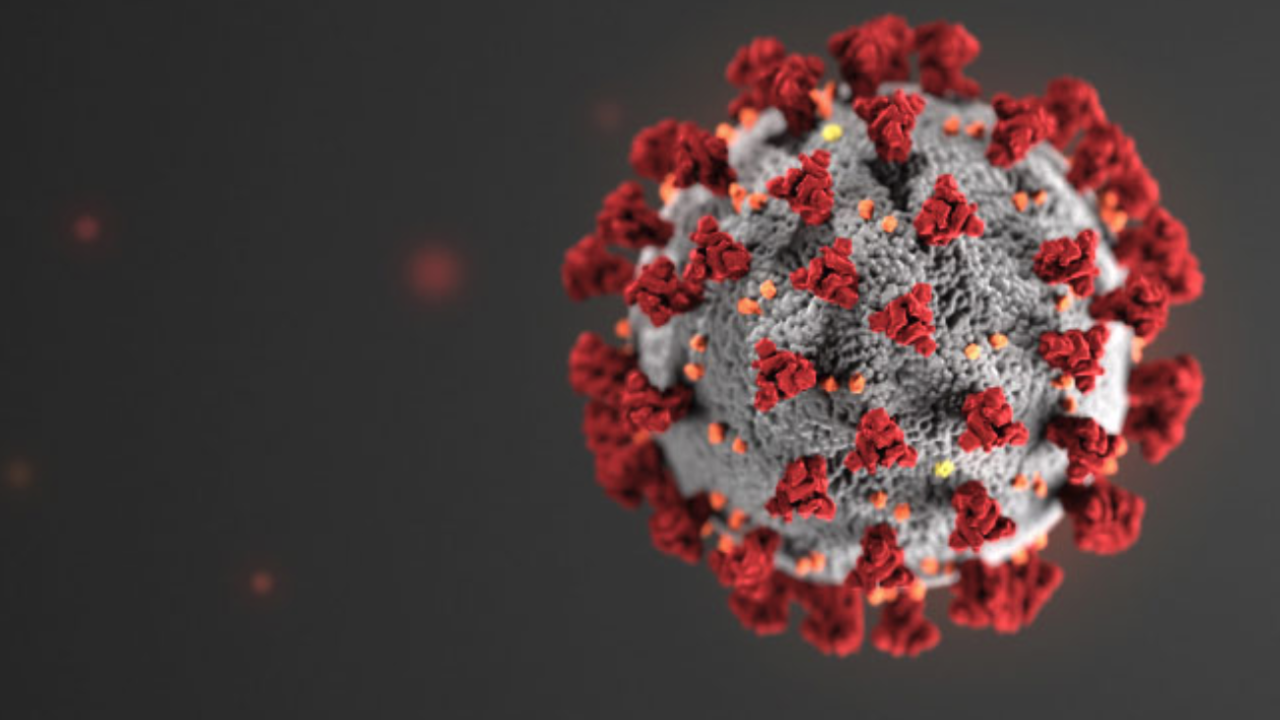CLEVELAND — Northeast Ohio hospital systems are seeing an increase in the positivity rate of COVID-19 tests, and many of those cases are the Omicron variant.
The Cleveland Clinic confirmed Monday that it had detected Omicron in its laboratory. By Friday, those numbers had grown exponentially.
Dr. Raed Dweik, chairman of the Respiratory Institute at the Cleveland Clinic, said the Clinic averages approximately 3,000 COVID tests per day. The positivity rate, he said, is now about one in three, the highest since the start of the pandemic. Of the positive cases, half are Omicron.
“When it was first identified in South Africa, I think the characteristic of this virus was the rapid spread,” Dweik said. “And if you look at the numbers, how quickly it multiplies and divides and spread from person to person is just huge.”
Dweik said the Omicron variant is proving even more contagious than Delta.
“Delta was the most transmissible, the one that was most contagious. We felt, ‘Wow, that was bad,’” Dweik said. “But now really Omicron is several times, severalfold, actually more contagious, and you can see it on the number of cases that are increasing day by day. The slope at which the cases are rising with Omicron is nothing like we've seen before.”
He cautioned that while Omicron is contagious, it is not yet clear how severe it might be.
“The signs are that it’s spreading fast, and hopefully it will not be as dangerous, but it remains to be seen,” Dweik said.
At University Hospitals, the situation is much the same.
“The numbers [of tests] each day are just going through the roof,” said Dr. Claudia Hoyen, director of infection control for Rainbow Babies & Children’s and co-director for the UH system, adding that some people are still having trouble accessing tests. She also noted that at UH, it’s not only patients but employees getting tested, too.
Hoyen said staff at UH saw mainly Delta cases until a couple of days ago, but that things have now changed. She said it couldn’t have come at a worse time for northern Ohio, as people travel for the holidays and get together with family and friends.
Hoyen discussed how the number of Omicron cases could rise rapidly, based on data from other areas.
“By Christmas, you know, greater than 50%, or a majority of the cases, may be Omicron,” Hoyen said.
The rapid spread is what has doctors worried.
“Because of the fact that it is more contagious, it’s going to take over. And because of the fact that it is more contagious, a higher number of people are going to get sick,” Hoyen said.
Dr. Dweik said while there isn’t specific data on Omicron hospitalizations, four out of every five hospitalized COVID patients are not vaccinated. Those who are vaccinated are often those with underlying conditions such as cancer or illnesses that compromise the immune system.
With regards to Omicron, he said the vaccine was protective.
“For those who received two doses of vaccine, they do better than those who are not vaccinated, but those who do best are the ones who already received their booster,” Dweik said.
He urged people to get vaccinated or boosted, and to continue the basics: wearing masks, social distancing and washing hands.
“To me, the vaccine is one of several things that we can do to protect ourselves and our loved ones from the Omicron and any virus that would come our way,” Dweik said.
Both doctors expressed concerns about hospital capacity in the coming days, both for COVID patients and non-COVID patients.
“We want to be sure that we have room for people who are having a heart attack. We want to be sure we have room for someone who's in a car accident,” Hoyen said.
She described hospitals as “already stretched to the limit” and said that getting an influx of people on top of the Delta patients they already have would cause health care systems to be “really taxed.”
“Even if it's a smaller percentage of people that end up in the hospital, which would be a blessing, it’s still going to be a large number of people,” Hoyen said.
Dweik said the Clinic is working to expand its bed capacity, both regular and ICU beds.
“We have multiple hospitals, we have more ICU beds than any other system in Ohio, so that will allow us some flexibility in expanding our capacity,” Dweik said. “However, we don't have unlimited capacity. Clearly, if this gets worse, you know, we will be stretched as well, like everybody else.”
Another unknown is how the Omicron variant might affect children, who in many cases have not yet been vaccinated or, if they have, are not eligible for a booster.
“This is why I think it's imperative that all of us who are eligible for the vaccine to get it to protect children,” Dweik said. “One of the worries for the Omicron is that it may spread faster among children, and there's no way to tell how sick those children will be.”
Hoyen said most of the Omicron cases have been in Africa, and the reports out of African countries vary with the severity of Omicron in children, with some saying children weren’t as affected and others saying kids under 5 seemed to be affected more.
“That reasoning may be because of the fact that they're the ones who have the least amount of immunity,” Hoyen said.
She added, “I think for right now, since we have a large cohort of our population that hasn't even had the chance of getting vaccinated, that we just need to be as safe as possible.”
Olivia Fecteau is a reporter at News 5 Cleveland. Follow her on Facebook and Twitter.
Additional Coronavirus information and resources:
Download the News 5 app for free to easily access local coronavirus coverage, and to receive timely and limited news alerts on major COVID-19 developments. Download now on your Apple device here, and your Android device here.
See complete coverage on our Coronavirus Continuing Coverage page.
Vaccinating Ohio - Find the latest news on the COVID-19 vaccines, Ohio's phased vaccination process, a map of vaccination clinics around the state, and links to sign up for a vaccination appointment through Ohio's online portal.
See data visualizations showing the impact of coronavirus in Ohio, including county-by-county maps, charts showing the spread of the disease, and more.
Rebound Northeast Ohio News 5's initiative to help people through the financial impact of the coronavirus by offering one place to go for information on everything available to help and how to access it. We're providing resources on:
Getting Back to Work - Learn about the latest job openings, how to file for benefits and succeed in the job market.
Making Ends Meet - Find help on topics from rent to food to new belt-tightening techniques.
Managing the Stress - Feeling isolated or frustrated? Learn ways to connect with people virtually, get counseling or manage your stress.
Doing What's Right - Keep track of the way people are spending your tax dollars and treating your community.
We're Open! Northeast Ohio is place created by News 5 to open us up to new ways of thinking, new ways of gathering and new ways of supporting each other.
View a map of COVID-19 testing locations here.
Visit Ohio's Coronavirus website for the latest updates from the Ohio Department of Health.
View a global coronavirus tracker with data from Johns Hopkins University.





